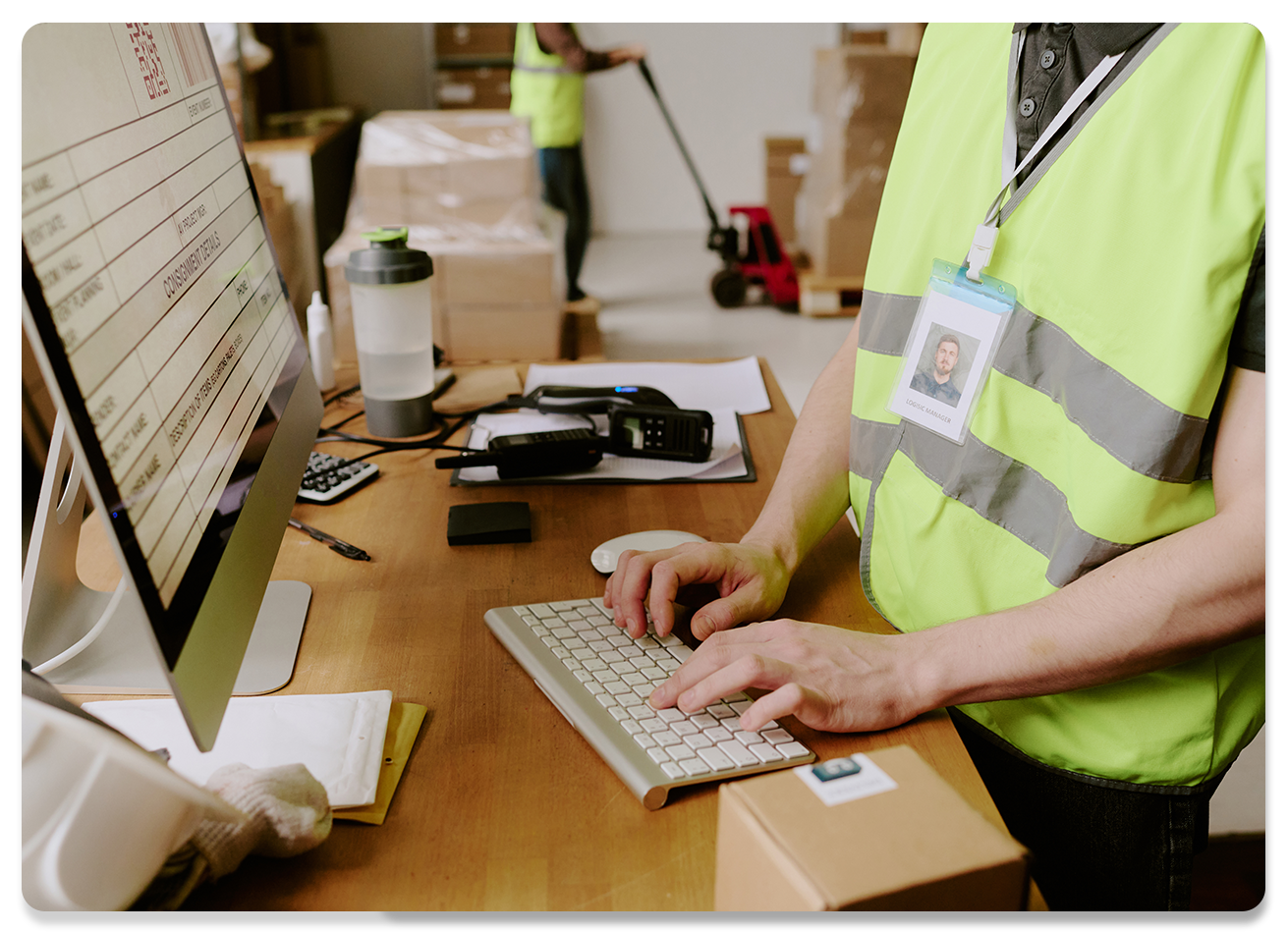Executive Summary
Paper-based processes have long been a staple of manufacturing environments. But in today’s fast-paced, digitized world, they are quickly becoming a liability. Going paperless on the shop floor is not just about sustainability or cost reduction—it’s a strategic move that enables greater efficiency, real-time visibility, and better decision-making. This white paper explores how transitioning from paper to digital workflows on the shop floor can unlock measurable business value and drive operational transformation.
1. The Hidden Costs of Paper-Based Processes
While paper may seem simple and inexpensive, the true cost of using it in operations is far higher:
-
Lost Productivity: Time spent filling out forms, searching for information, or duplicating data entry reduces time spent on value-added tasks.
-
Errors & Rework: Manual data capture is prone to mistakes, which can lead to rework, defects, or compliance issues.
-
Lack of Real-Time Insight: Information captured on paper cannot be analyzed or shared in real-time.
-
Storage & Retrieval Challenges: Storing physical documents is space-consuming and retrieving them is time-intensive.
2. Benefits of Going Paperless on the Shop Floor
Transitioning to a digital shop floor provides tangible benefits:
-
Increased Efficiency: Digital forms, checklists, and work instructions reduce time and error.
-
Real-Time Visibility: Supervisors and stakeholders gain instant access to live updates, enabling faster responses and better planning.
-
Improved Quality Control: Digital data capture allows for automatic validation, flagging of anomalies, and easy audit trails.
-
Better Compliance & Traceability: Digitized records are easier to track and access for audits or regulatory reviews.
-
Enhanced Collaboration: Teams can share information across departments or shifts seamlessly.
3. Use Cases for a Paperless Shop Floor
-
Work Instructions & SOPs: Replace printed documents with digital displays accessible via tablets or terminals.
-
Inspection & Quality Checks: Capture inspection data electronically to ensure accuracy and enable real-time analysis.
-
Maintenance Reporting: Enable technicians to submit updates and photos directly from the floor.
-
Inventory & Material Tracking: Use digital tools and barcode scanners to track usage, availability, and replenishment needs.
4. Technologies Enabling the Paperless Transition
-
Tablets & Mobile Devices: For digital data entry, instructions, and checklists.
-
IoT Sensors: Capture machine data directly without human intervention.
-
MES & ERP Integrations: Connect floor data to enterprise systems in real time.
-
AI & Visual Search: Accelerate part identification, reduce manual lookups, and support maintenance and procurement.
5. Getting Started: A Phased Approach
Going paperless doesn’t have to happen all at once. Start with high-impact areas:
-
Identify repetitive or error-prone paper processes.
-
Pilot with a small team or single shift.
-
Invest in user-friendly digital tools.
-
Train frontline staff and gather feedback.
-
Scale and integrate with backend systems.
6. The Business Impact
Organizations that go paperless report:
-
15-30% time savings in operational processes
-
Reduced error rates and fewer product defects
-
Greater agility in responding to production changes
-
Lower costs related to printing, paper storage, and administrative overhead
Conclusion
Going paperless on the shop floor is more than a tech upgrade—it’s a business transformation strategy. By replacing paper-based processes with digital workflows, manufacturers can unlock real-time visibility, improve quality, and empower teams with the tools they need to work smarter. It’s a foundational step toward a more connected, efficient, and competitive operation.




